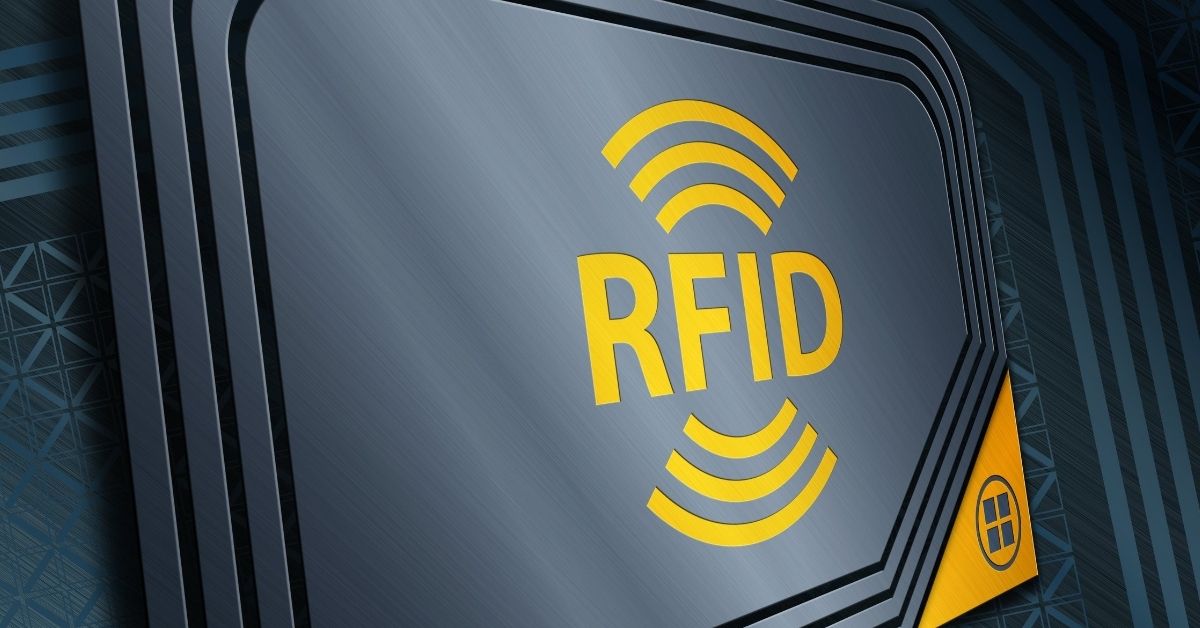As technology continues to advance, we are seeing more and more companies utilize new types of technology. One type of electronic card that has become popular is the Radio-Frequency Identification (or commonly known as RFID) Card. This type of card includes an antenna and a small chip.
A radiofrequency identification chip is a smartcard with an integrated microchip that stores and processes data. A memory storage of up to 2,000 bytes is available on each chip. The basic function of this sort of card is similar to a magnetic stripe on a bank card or barcode, allowing each person to have their own unique identifier generated using a scanning tool.
What makes RFID more effective than barcodes?
One great benefit of the RFID card is that it can be read without having to place the item in a direct line with what could be called an antenna. The radio waves used for this type of technology are capable, so long as they pass within range, making it possible to read the stored information. This is what makes RFID more effective than barcodes, as it’s possible to scan the card from a distance and not require any sort of direct contact with anything in order to receive an accurate reading.
The main difference between what RFID Cards have over what barcodes do, is that you can read them without having a direct line of sight. You can also read them without having to swipe or tap the card, which makes this technology much more effective and efficient at what it does.
However, because RFID cards are more flexible, scanners may read them from 2 to 20 feet away. It’s also a lot more efficient. For example, putting the goods in a shopping bag and placing it on the scanning machine would be possible. The device would then scan each of the items’ chips and compute the cost of the purchase immediately after it has been placed on the machine.
With the advancement in technology, manufacturers are utilizing RFID tags to increase efficiency and reduce costs. RFID technology isn’t new; it’s been around for over 50 years, but it has only recently become widespread due to declining production costs.
What is RFID used for?
RFID cards are used in a variety of sectors, with reading cards available in various materials, sizes, and forms.
Tags used in tracking dogs or cats, which are about the size of a grain of rice and placed beneath the skin, anti-theft tags for retail goods, card-shaped for opening locked doors, and huge tags or transponders may all be utilized to rack railway cars, trucks, heavy machinery, or shipping containers.
Common issues with RFID:
UHF RFID technology has a number of recurring issues, one of which is tag collision. Tag collision happens when many tags are placed in a tiny region and the reader cannot always read the information correctly owing to the rapid speed of the technology. It’s critical that the chips be correctly coded to match their intended use.
RFID stands for Radio-Frequency Identification and is a technology that allows you to identify items by using radio waves. It’s the next big thing in inventory management, but what makes it so much more effective than barcodes? To find out, let’s take a look at more about what is RFID Card? With an ID card or tag embedded with an RFID chip, your company can track when and where products are moved around on their shelves without any manual labor required from employees!

